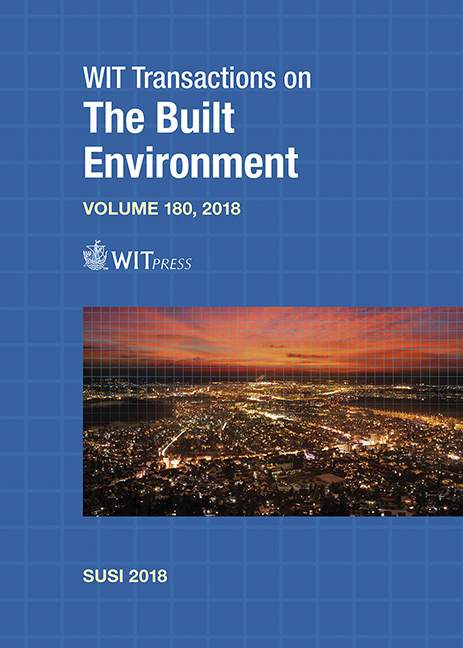EXPERIMENTAL INVESTIGATION INTO THE EFFECT OF AGGREGATE SIZE ON DYNAMIC COMPRESSIVE STRENGTH OF MORTAR AND CONCRETE
Price
Free (open access)
Transaction
Volume
180
Pages
7
Page Range
259 - 265
Published
2018
Paper DOI
10.2495/SUSI180231
Copyright
WIT Press
Author(s)
KYOUNG-MIN KIM, SANGHO LEE, JAE-YEOL CHO
Abstract
Split Hopkinson pressure bar (SHPB) has been widely used to the obtain dynamic strength of materials such as metals and concrete-like materials at high strain rates. A specimen size for SHPB test is limited depending on diameters of each SHPB apparatus. Especially for concrete SHPB test, maximum aggregate of small size has been used to avoid constraints in preparing small specimens. However, it has not been validated whether specimen with small maximum aggregate represents concrete material properties with large maximum aggregate size used normally for concrete structures, or not. This study conducted concrete and mortar SHPB tests under the same test conditions using a variety of maximum aggregate sizes to investigate the effect of maximum aggregate size on results of SHPB test. Then, the obtained values of dynamic increase factor (DIF), which is defined as a ratio of dynamic compressive strength to static compressive strength, were compared to one another. The results show that it is necessary to consider the effect of maximum aggregate size on concrete compressive DIF. In addition, the results can be used to establish guidance about the specimen of SHPB test.
Keywords
concrete, mortar, compressive strength, split Hokinson pressure bar, maximum aggregate size, dynamic increase factor





